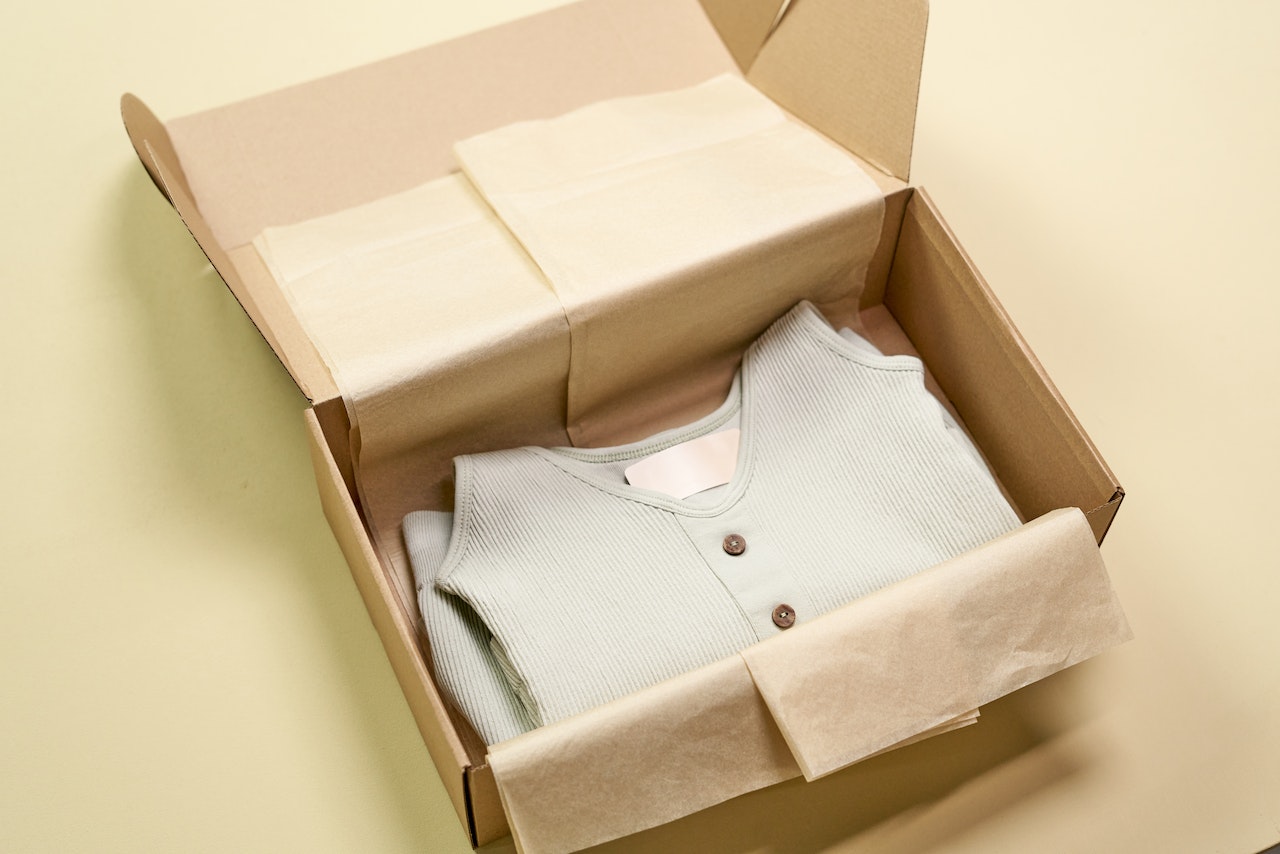Comments
- No comments found

Retail sales in the UK saw an unexpected increase despite mounting cost-of-living pressures.
The recent surge in sales is attributed to the growing popularity of discount and second-hand stores, where shoppers are turning to find bargains amidst rising prices. The ONS report also highlighted that while food sales have seen a rise, the increasing price pressures have affected spending on restaurant and takeaway meals.
In recent months, a remarkable shift in consumer behavior has been observed, with an increasing number of people opting for second-hand and discount stores over traditional retail outlets. This shift is primarily driven by a combination of economic factors and changing attitudes towards consumption.
One of the key drivers behind the surge in sales at second-hand and discount stores is the desire for more affordable options. As the cost of living continues to rise, many consumers are seeking ways to stretch their budgets and make their money go further. Second-hand stores, thrift shops, and discount retailers offer an array of products at significantly lower prices compared to their brand-new counterparts. This affordability factor has enticed a broader range of consumers, including both budget-conscious individuals and those looking for unique or vintage items.
Furthermore, a growing environmental consciousness among consumers has also contributed to the increased popularity of second-hand shopping. As people become more aware of the environmental impact of excessive consumerism and fast fashion, they are actively seeking sustainable alternatives. Second-hand shopping allows individuals to reduce waste by giving new life to pre-owned items and reducing the demand for new production.
Non-food stores saw a notable rebound, with sales rising by 1.0 percent, led by strong sales in watches and jewelery, and sports equipment. Similarly, food stores trade was up by 0.7 percent, recovering from a 0.8 percent drop in the preceding month. The online retail sector also demonstrated resilience, recording a 0.2 percent increase in trade.
The Bank of England (BoE) has raised interest rates 12 times in succession since December 2021, from a record low of 0.1% to 4.5% – the highest level since the 2008 financial crisis.
Buying second-hand items has become an increasingly popular way for consumers to reduce their environmental footprint. By choosing to buy pre-owned items, consumers can reduce the amount of waste generated, as well as the carbon emissions associated with the production and transportation of new goods. The rise of second-hand and discount stores can be seen as a positive step towards a more sustainable and circular economy.
Despite the overall surge in sales, the broader picture remains subdued, with retail sales showing little real growth, especially over the last 18 months due to the impact of rising prices on consumer spending power. However, businesses are also feeling the squeeze from rising costs. Pub chain Wetherspoon reported that inflationary pressures from the cost of energy, food, and labor have been "ferocious." Despite this, the chain managed to report a pre-tax profit of £4.6m ($5.6m) for the six months to 29 January, compared to a £21.3m loss a year ago.
The recent increase in retail sales in the UK, driven largely by second-hand and discount stores, can be seen as a positive step towards a more sustainable and circular economy. While the broader picture remains subdued due to rising prices, the rise in demand for affordable and sustainable goods is a positive trend for the environment and society.
The rise of online marketplaces and mobile apps dedicated to second-hand trading has also played a significant role in the upward trajectory of these stores' sales. The convenience of browsing and purchasing pre-owned items from the comfort of one's home has opened up new avenues for second-hand shopping. Additionally, the wide range of products available online, coupled with user reviews and secure payment systems, has increased consumer trust and confidence in these platforms.
Retailers are taking notice of this growing trend and are adapting their strategies accordingly. Some traditional retailers are creating partnerships with second-hand stores or launching their own curated pre-owned sections to tap into this expanding market. They recognize that offering affordable options and sustainable alternatives is becoming increasingly important in capturing and retaining customers.
While the surge in second-hand and discount store sales indicates changing consumer preferences, it also poses challenges for traditional retailers. They need to find ways to compete with the allure of lower prices and unique finds offered by these alternative shopping avenues. Moreover, they must also address growing concerns regarding sustainability and environmental impact, as consumers prioritize conscious consumption.
The increasing sales at second-hand and discount stores reflect a broader shift in consumer behavior towards frugality, sustainability, and conscious consumption. The affordability, variety, and eco-friendly nature of these stores have resonated with a wide range of consumers. As this trend continues to gain momentum, retailers across the board will need to adapt their strategies to remain competitive in the evolving retail landscape.
Leave your comments
Post comment as a guest